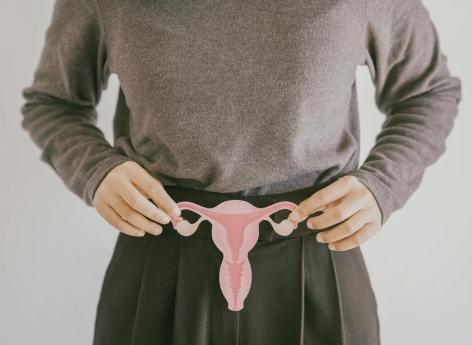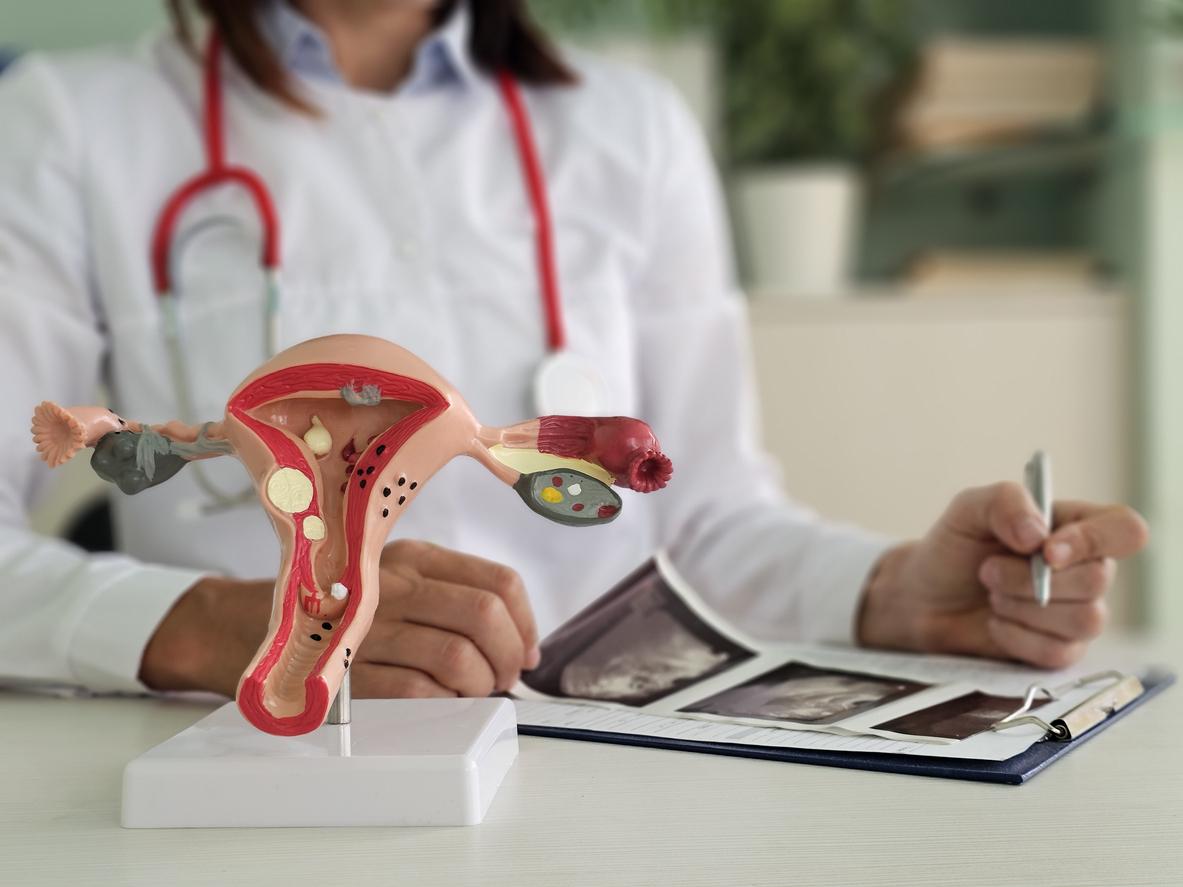Mouse trial offers hope for treatment of endometriosis. Two new molecules have demonstrated good efficacy while preserving fertility.

They are still waiting for a treatment that is both effective and has no effect on their fertility. They are the women who suffer from endometriosis. The results of a study published in Science Translational Medicine may give them a glimmer of hope. Researchers at the University of Illinois have developed two molecules that have shown great promise in mice.
Sterility in 40% of cases
Endometriosis affects the endometrium, the lining of the uterus. Without understanding exactly why, cells of this mucous membrane migrate abnormally outside the uterus, moving through the tubes. They reach other organs such as the bladder, intestines and more rarely the lungs, where they cause severe inflammation as well as lesions, adhesions and cysts.
The disease causes severe pain during menstruation or during sexual intercourse, but above all it causes infertility in 40% of cases. This pathology, which affects one in ten women of childbearing age, remains poorly understood. However, we know that estrogens play a major role in the development of the disease.

Estrogens on the front line
Current treatments are primarily aimed at relieving pain and suppressing the production of estrogen, which facilitates inflammatory processes in endometriosis, says Yuechao Zhao, author of the study published in Science Translational Medicine. “Hormones are used to limit cyclicality and possibly cause a missed period. We use the contraceptive pill in particular, ”explains Professor Pierre Collinet, gynecologist-obstetrician at the Lille University Hospital.
But in addition to their role in the menstrual cycle and reproduction, these hormones also have an action on the heart, bones and brain. Inhibiting their production therefore has side effects that go beyond the scope of infertility. “Women often complain of weight gain, irritability, decreased libido, etc., notes Yasmine Candau, president of the Endofrance patient association. In addition, the effectiveness of the treatments varies from one person to another. “
Block the action of downstream hormones
The strategy chosen by American researchers to reduce these side effects no longer consists in suppressing the production of estrogen, but in blocking their downstream action. To do this, they have developed two compounds capable of binding to cellular estrogen receptors. These are OHBS, which binds to the alpha receptor, and CLI, which targets the beta receptor. These compounds specifically block the inflammatory effects of estrogens, and therefore have no impact on menstrual cycles, thus making it possible to preserve the fertility of patients.
.

















